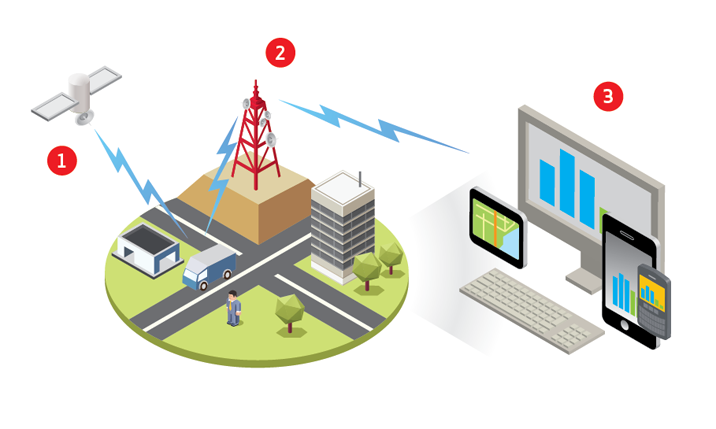 You are being watched. Not just by Government but a device most likely your favorite gadget. It is the first thing you touch in the morning when you wake up, you walk around with it the whole day and it sleeps next to you. Smartphones are turning out to be the most accurate surveillance devices ever invented by man.
You are being watched. Not just by Government but a device most likely your favorite gadget. It is the first thing you touch in the morning when you wake up, you walk around with it the whole day and it sleeps next to you. Smartphones are turning out to be the most accurate surveillance devices ever invented by man.

Migori governor will face murder charges over the death of his girlfriend, Sharon Otieno, whose mutilated body was retrieved from Kodera forest a fortnight ago.
At Kisumu’s DCI headquarters, Obado insisted that he was away in Nairobi when Sharon was abducted by people believed to be his aides and subsequently killed.
But homicide detectives, dug deep into the case burning midnight oil and tracked Obado’s phone and subsequently established that he was around Homa Bay, where the crime was committed.

Citizen TV anchor Jacque Maribe’s fiancé has been arrested in connection with last week’s macabre killing of a former employee with Nation Media Group Monica Kimani at an apartment in Kilimani, Nairobi.
Joseph Irungu aka Joe Jowi was arrested after he went to hospital with a bullet wound after allegedly being shot by unknown assailants after dropping the anchor at Royal Park Estate in Lang’ata but police say the story does not add up because no spent cartridges were found at the scene neither were reports of a shooting incident on Thursday night.
According to some media reports, he was in contact with the deceased and even picked her from the airport. His mobile phone records have also been traced to the Kilimani apartments.
:max_bytes(150000):strip_icc()/samsung-galaxy-s7-edge-577591e23df78cb62c66bf39.jpg)
The paradigm is the assumption that, when you make a call on your cell phone, it automatically routes to the nearest cell tower, and that by capturing those records police can determine where you made a call—and thus where you were—at a particular time. That, is not how the system works.
When you hit “send” on your cell phone, a complicated series of events takes place that is governed by algorithms and proprietary software, not just by the location of the cell tower. First, your cell phone sends out a radio-frequency signal to the towers within a radius of up to roughly twenty miles—or fewer, in urban areas—depending on the topography and atmospheric conditions. A regional switching center detects the signal and determines whether to accept the call. There are hundreds of such regional centers across the country.

The switching center determines the destination of your call and connects to the land lines that will take it to cell towers near the destination. Almost simultaneously, the software “decides” which of half a dozen towers in your area you’ll connect with.
The selection is determined by load-management software that incorporates dozens of factors, including signal strength, atmospheric conditions, and maintenance schedules. The system is so fluid that you could sit at your desk, make five successive cell calls and connect to five different towers. During a conversation, your signal could be switched from one tower to the next; you’ll also be “handed off” to another tower if you travel outside your coverage area while you’re speaking. Designed for business and not tracking, call-detail records provide the kind of information that helps cell companies manage their networks, not track phones.